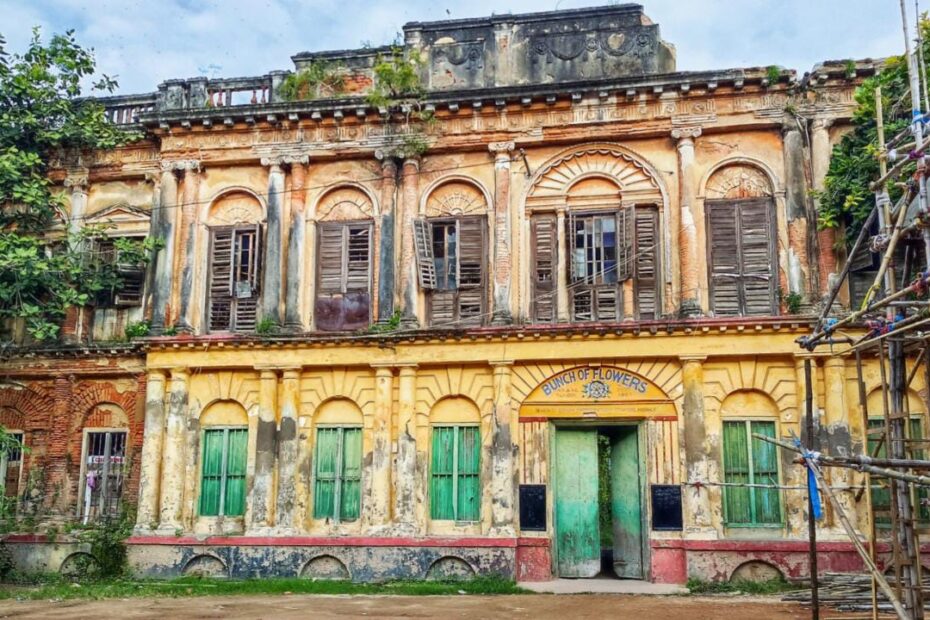Serampore is a well-known city located in the Hooghly district of West Bengal.
This pre-colonial city on the west bank of the Hooghly River was part of Danish India under the name Frederiknagore from 1755 to 1845. It is tucked with beautiful cultural heritage sites associated with Dane Officials.
ADVERTISEMENT
Serampore is a calm and quiet city, which makes it an ideal getaway destination from Kolkata.
In this article, you will get to know about some of the popular places to visit in Serampore,
- Serampore Rajbari
- Henry Martyn’s Pagoda
- St Olav’s Church
- Danish Cemetery
- The Denmark Tavern
- Mission Cemetery
- Danish Government House
- Radha Ballav Temple
- Jagannath Temple and Rath of Mahesh
- Serampore Johannagar Baptist Church
- Vheto
- Bose House
Let’s see each of these places in detail.
1. Serampore Rajbari

Serampore Rajbari is a palatial mansion, which belonged to the Goswamis of Serampore. It was erected between 1815 and 1820 by Raghuram Goswami, Hari Narayan Goswami’s son. The Rajbari can be better called the “Thakurbari,” since a portion of it was designated as the ‘Debottar’ property.
The architecture of the Rajbari is indeed fascinating with independent blocks that are linked by a complicated network of corridors. The Thakur Dalan is quite impressive and the Rajbari celebrated Bonedi Bari Ek-Chala-style Durga Puja here for over 300 years.
ADVERTISEMENT
The most prominent feature of the interiors of the palace is the “Chandni,” or “Natmandir,” a 120-foot-by-30-foot roofed courtyard.
After the construction of Goswami Rajbari was completed, the family deities or kula devata, Radha Madhav Jiu and Gopalji were shifted to the Rajbari. The Goswami family also placed an “Ashtadhatu” (eight metal) Radharani idol here too.
The Rajbari is a clear reflection of the cultural heritage of Serampore.
(Click to know more about Serampore Rajbari)
2. Henry Martin’s Pagoda
David Brown once invited Henry Martin to his place in Serampore known as Aldeen House.
Henry decided to stay in an old abandoned temple which was referred to as the pagoda by the missionaries. Martin worshipped here and was keenly interested to know the local language from a local expert.
The small white temple building is situated amidst the serene nature which is now almost in ruins, covered by creepers and mosses.
Although this building was recently rebuilt, the pagoda is often neglected from proper maintenance. Terracotta fragments from the ancient temple have been plastered on parts of the walls to give the impression that they formerly had wall decorations.
With the renovation, the fundamental structure was rebuilt using patches of cement, bricks, and lime plaster. However, there are still some remnants of the original temple, particularly on the roof area.
3. St. Olav’s Church
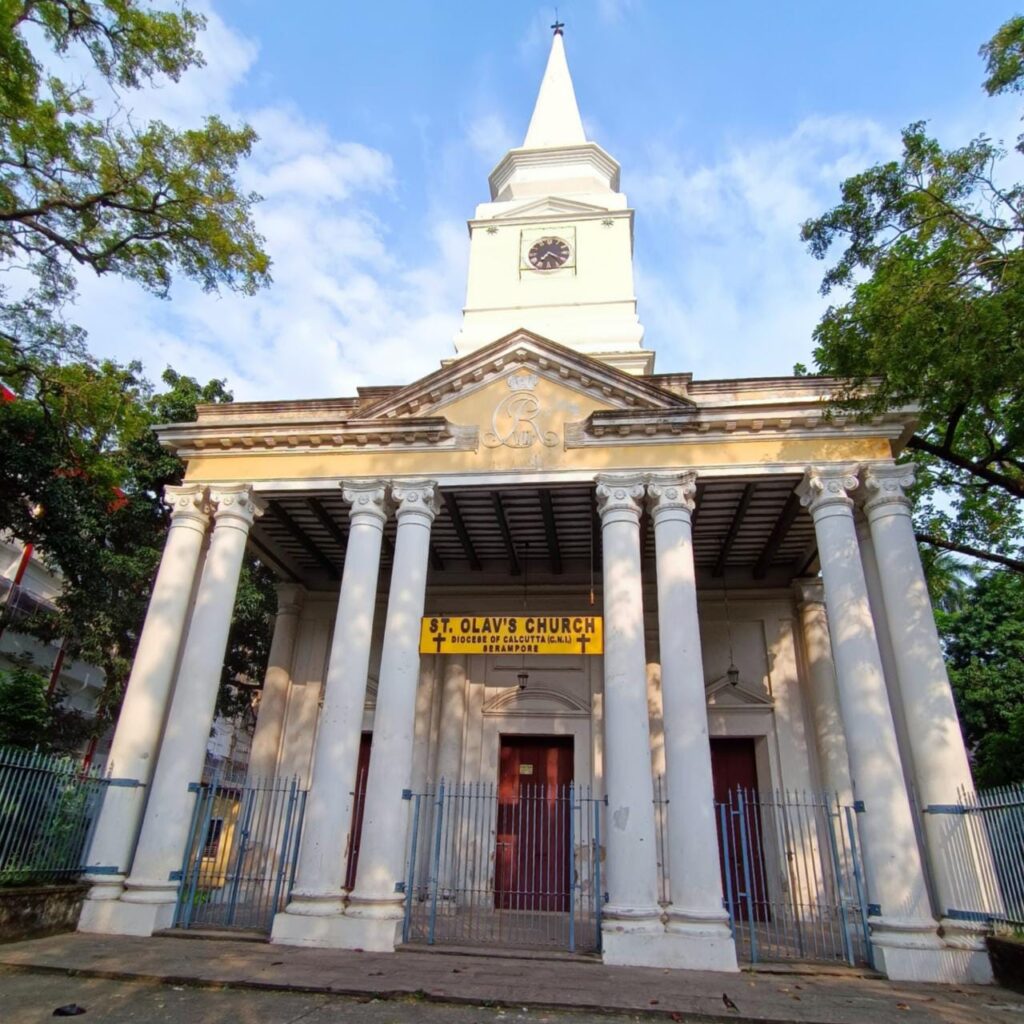
St. Olav’s Church, which dates back to 1806 is one of Serampore’s most significant cultural landmarks from the Danish era.
The church was utilized by the Christian community of the neighborhood until it was shut down in 2009. The original rafters had been ravaged by termites, and the roof was starting to collapse.
A partnership between Serampore College, the Diocese of Kolkata, and The National Museum of Denmark’s Serampore initiative allowed the church to be repaired between 2013 and 2016.
The church got the UNESCO Award of Distinction for Cultural Heritage Conservation in 2016 and was consecrated by the bishop of Kolkata during a celebration.
ADVERTISEMENT
The architecture of the church is quite fascinating with a portico, spiral staircase to the roof, and bell tower. On the front facade, there is a royal monogram of the Danish King Chrustian VII. The church is surrounded by greeneries and the interiors are quite charming.
There is a holy water container (stand) carved out of stone, a pulpit, six commemorative tablets, and a lectern. The altar has no images but only a single wooden cross.
4. Danish Cemetery

The Danish cemetery is currently under the supervision of ASI (Archeological Survey of India) and is a protected site. No new burials take place here and the last one that you can spot here is in 1964.
Extensive renovation has been done by ASI and the crumbling ruins of the graves have been restored to their original condition with lime and mortar and the entire property is well maintained.
You can see many graves of Danish officials here. The most interesting is the Grave Site of Factor Casper Top, which is the only Grave Site Written in Danish.
Another two significant gravestones belong to Lt. Col. Oie (who initiated the building of Olav’s Church) and Jacob Kreeting (Head of Serampore from 1805-1828).
The ideal time to visit this heritage site is from 10 AM – 4 PM and no entry fees are required to enter the premises.
5. The Denmark Tavern
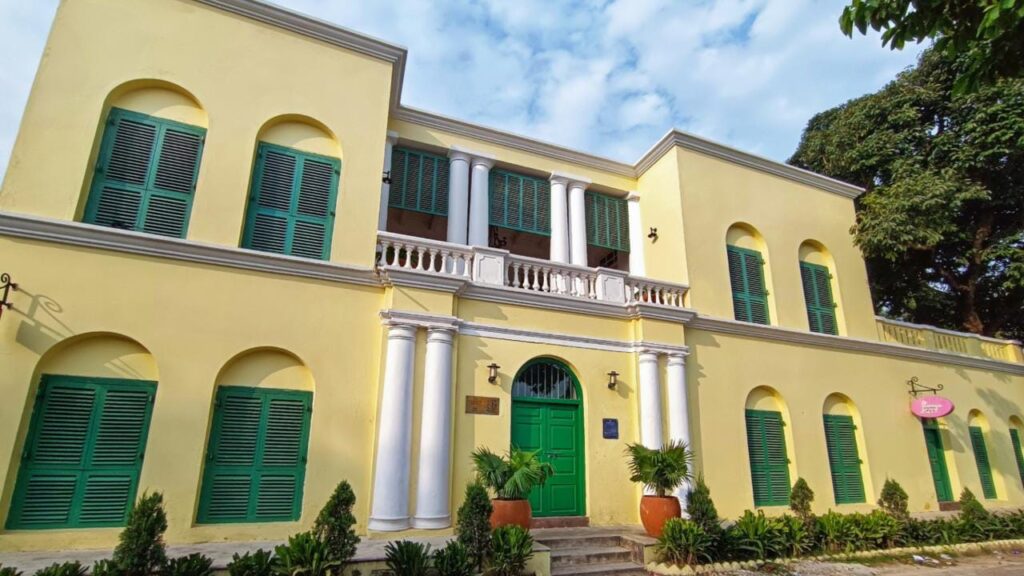
The Denmark Tavern was a recognized trading center of Serampoore built on the banks of River Hooghly next to Nishan Ghat. This tavern was an excellent place for the officials to enjoy evening drinks, delectable food, billiards, and soak in the cool river breezes.
This was quite popular as a lodge and a riverside cafe with a charming ambiance in 1786.
ADVERTISEMENT
Today the Denmark Tavern stands out as one of the popular destinations in Serampore. It has been restored by the National Museum of Denmark, along with its funding partner Realdania and the Government of West Bengal.
The elegant architecture of the facade with double columns in the Tuscan order and an open portico offers the visitors a breathtaking view of the River Ganges today as well.
Don’t miss the opportunity to try various Danish Cuisines, soup, Danish Pastry, Fried fish, and the best beverages here.
6. Mission Cemetery
The Mission Cemetery holds immense significance for Christianity in South Asia and is associated largely with the Serampore Trio. William Carey, Joshua Marshman, and William Ward were known as the iconic “Serampore trio.”
This is Serampore’s second important cemetery; the first being the Danish Cemetery. It is split into two sections: one for Protestants and one for Roman Catholics.
The English Baptist Missionaries who had taken over control of the church and college established this cemetery. Some important graves here are that of William Carey (which is painted in red with a marble plaque), the tomb of the Marshan Family, and William Ward.
7. Danish Government House

The center of the Danish Rule of Serampore was the main government building which is known as the Danish Government House. Surprisingly the building that stands now, is not what existed at the beginning. In 1755, it was a small mud house with a thatched roof serving as the office space and residence for the head of Serampore.
From the year 1770 to 1773, the construction of the new building with bricks and lime mortar was commissioned by Johan Leonard Fix.
The grand office building had two rooms, a verandah, a front portico, hallways, and many other rooms that were added in the later years. The long gallery-type hallway was a notable part of this old building.
ADVERTISEMENT
West Bengal State Heritage Commission funded the restoration of the dilapidated building.
If you visit here, you can see the restored main gate and columns with ionic capitals, an open verandah, doors, and windows of the same pattern. The interiors are now converted into a museum.
The large complex of the Denmark government office is indeed fascinating.
8. Radha Ballav Temple
Radha Ballav Temple is a popular temple in Serampore established in the year 1764 A.D. by Nayanchand Mallick of Calcutta.
It is said that Rudraram, a pandit who received instructions from Radhaballab jiu in his dreams recovered the stone with special power from the terrace of the Nawab of Gour and built the idol of Radhaballav. It was later ravaged by the Bhagirathi River.
The current Atchala temple was constructed by Nayanchand Mallik in 1764 which closely resembles the architecture of Henry’s Pagoda. The flat-roofed verandah is supported by Doric pillars on all of its sides with 5 pointed arches on the Southern Wall.
There is also a Natmandir in front of the temple.
9. Jagannath Temple and Rath of Mahesh
One of the earliest attractions of the village of Mahesh, which is now a part of the town of Serampore, is the Jagannath temple. This 14th-century Jagannath Temple is said to be the second oldest and also one of the greatest In India.
Drubananda Brrahmachari built the holy trinity “Balaram, Subhadra, and Jagannath” in this temple with Daru Brahma (neem idol) and offered them Bhog.
The present Mahesh temple was built on the ruins of the older one in 1755 by Nayanchand Mallik. It is a simple structure of the Rekha Deul style.
ADVERTISEMENT
The Rath Yatra of Mahesh continues to be one of the greatest occasions in Serampore today since 1396. Every year devotees throng Mahesh to pull the ropes of the Lord’s chariot. They pull the chariot to the Lord’s garden house located North of Mahesh.
Sri Chaitanya Mahaprabhu named this location “Naba Nilachal.”
The present chariot is the one ordered by Dewan Krishnachandra Basu from Martin Burn Co. This iron chariot is 45 feet tall (four-storeyed) and is built in Bengal’s traditional “Navaratna” style, that is, it has nine spires and wheels made of neem wood.
10. Serampore Johannagar Baptist Church
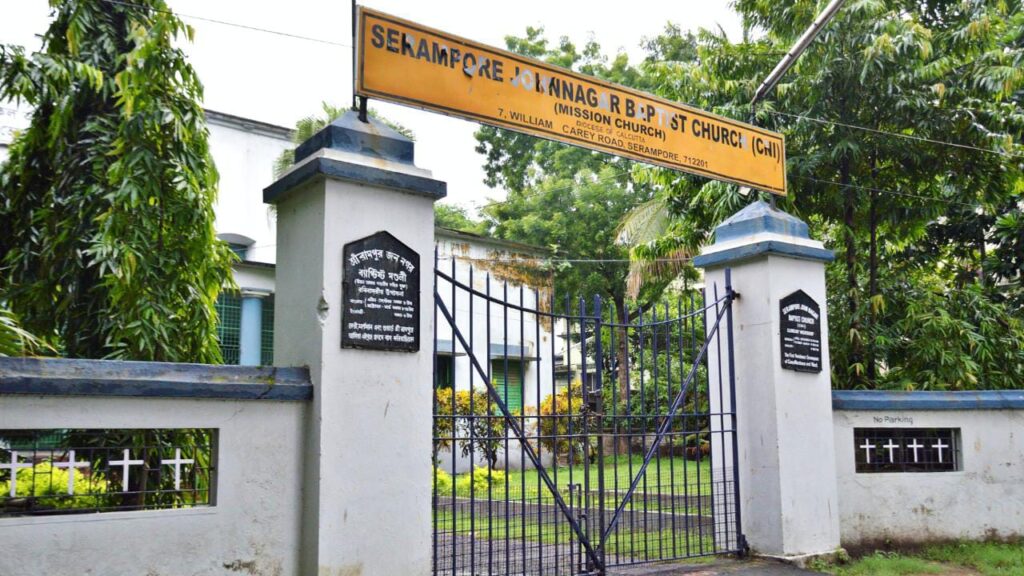
The John Nagar (or Johnnagar) Church, is another outstanding venue of worship in Serampore, which depicts the tale of the indigenous church movement in Bengal.
Although not specifically a Danish building, it belonged to their Danish province.
Baptist missionaries were keen to construct local churches in this area in the early 19th century. William Carey founded the Johnnagar Baptist Church, formerly known as the Carey Baptist Church, in 1880. Carey, Ward, and Marshman resided in this church’s parsonage.
A river flows in front of the church.
11. Vheto
Vheto, located in the Serampore Court Compound, is one of the old buildings in the city. It is a heritage canteen that was beautifully restored and converted into a popular restaurant.
So if you would love to have delectable and traditional cuisines in Serampore, you can choose to head off to this place in addition to the Denmark Tavern.
The outside of the Vheto Court Compound looks quite impressive with a vintage touch. You can see many antique items here such as hanging glass lamps, partitioned wooden ceilings, red-colored scooters, old furniture, cactus and creepers, and many other charming home decors.
ADVERTISEMENT
The interiors are decked up with chairs and tables for guests and antique showcases are decorated with fine sets of cutleries.
You will be delighted to have a delicious meal of Dal, Bhaat, Dim Kosha, or any sort of authentic Bengali dish. You can also order a mocktail drink for a refreshing mood.
12. Bose House
The Bose House in Serampore is a crumbling mansion that appears quite spooky. It is about 200 years old.
The House is left in ruins with exposed red bricks and trunks and roots of massive trees that have made their permanent residence through the cracks and crevices of the mansion. It was perhaps made of Lakhori bricks which were used in the construction during the 18th century.
This Danish house was once a beautiful grand palace with a well-maintained garden. It was found that Albert, Norman, George, Samuel, Daisy, Stella, and Grace Bose were the residents of this building between 1947 and 1974.
Although the building is in ruins if you spare some time to have a look through the building you can get a clear idea of how magnificent and well-furnished Bose House was. The fine flooring of the front porch is still intact with fine pillared gateways, cast iron gates, and other architectural features that need to be restored to bring back its former glory.
These are some of the best places to visit in Serampore.
On a fine day set for these places wrapped in rich legacy, culture, and beauty.
Other places to visit in West Bengal
- Ramdhura (Kalimpong) – 5 Points You Must Know About
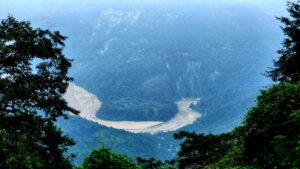
- Daragaon, Burmaik (Kalimpong) – 5 Points You Must Know About

- Ghurni – Exploring Krishnanagar’s Hidden Gem And Its Clay Dolls
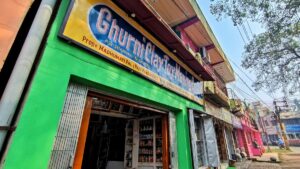
- Mim Tea Garden (Darjeeling) – 5 Points You Must Know About
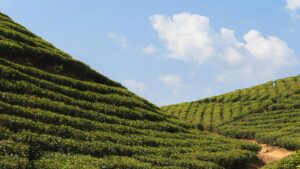
- Bandel Church (Hooghly) | The Basilica of the Holy Rosary
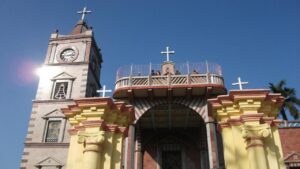
- Bethuadahari Wildlife Sanctuary (West Bengal) – 5 Things To Know

Disclaimer: Some of the links provided in the article may contain affiliate links. This means when you book or buy something using these links, you help support the website at no extra cost.

